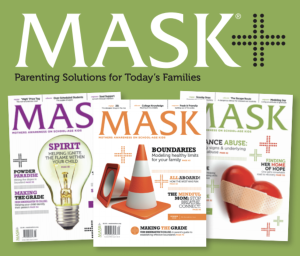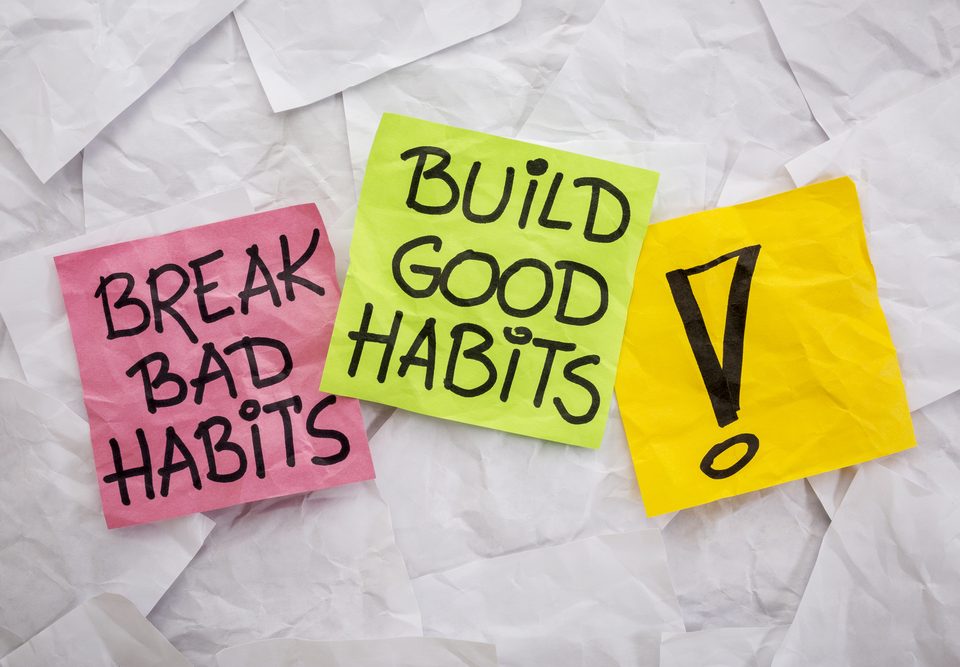
Drugs on the Dark Web
September 17, 2021
Sexting
September 18, 2021
Most of us have attempted weight loss numerous times. We counted calories, exchanges and points. We ate pre-packaged food or meal replacements. We followed rigid meal plans that restricted fat or carbohydrates, or solid food altogether.
From an energy balance perspective, any of these tactics should work, and some do—short-term. From my perspective, the reason they do not work long-term is that they change what and how much we eat, without changing why and how we eat.
Mindful eating was one of the keys to breaking my eat-repent-repeat cycle. One definition of mindfulness is paying attention, on purpose and without judgment, to the internal and external world in the present moment. I describe it as eating with intention and attention.
Benefits of mindful eating
Eating is a natural, healthy and pleasurable activity when you are eating to satisfy hunger and meet your needs for nourishment and enjoyment. Mindfulness helps you identify the difference between physical hunger and head hunger. Further, learning to savor food makes eating more pleasurable, leading to a paradoxical decrease in the quantity of food you need to feel satisfied.
Mindfulness also makes it possible for you to notice the difference between physical satisfaction and the discomfort of fullness, allowing you to self-regulate the quantity of food you eat.
Practice mindful eating
Admittedly, if you are used to eating on autopilot, learning to eat mindfully may feel awkward at first. However, like any new skill, it becomes natural with practice.
Step 1: Before a single bite of food passes your lips, it is important to recognize why you are eating since the reason(s) impacts every other decision downstream. Whenever you feel like eating, first ask yourself, “Am I hungry?” This simple, but powerful, question helps you recognize whether the desire to eat was caused by your body’s need for fuel or some other trigger.
It may be helpful to close your eyes and do a mind-body scan, looking for signals of hunger. These may include hunger pangs, growling stomach, low energy, shakiness, headache or other symptoms that indicate that your stomach is empty and your blood glucose is low. Recognize that these are all physical symptoms, not cravings or thoughts, such as “That looks good,” or “I better eat now while I have the chance.”
Step 2: Decide what to eat, honoring your preferences by asking yourself, “What do I want?” and honoring your health by asking, “What do I need?” If you are preparing your own food, view it not as a chore, but an opportunity to become an integral part of the process. Connect with all of your senses as you touch, smell and combine the ingredients.
Step 3: Create a pleasant ambiance. Even when you are preparing food for yourself, make it attractive by setting the table, turning on music and perhaps even lighting candles. Minimize distractions so you can give the food and your body’s signals full attention. If you eat while you are distracted by watching TV, driving, working or talking on the telephone, you may end up feeling full, but not satisfied.
Do not eat while standing over the sink, peering into the refrigerator or sitting in bed. Instead, choose one or two places at home and at work for eating.
Step 4: Before serving yourself or ordering, set your intention for how full you want to be at the end of eating. This intention guides you in deciding how much food to purchase, prepare or serve. Once you have the amount of food you think you will need, physically divide it in half on your plate to remind yourself to stop halfway and check in again. This little “speed bump” slows you down and serves as a reminder to reconnect if you lost your focus.
Step 5: Take a few deep breaths to calm and center yourself before you begin eating. Reflect on all that went in to bringing this food to your plate. Express gratitude for the nourishment, the people with whom you are sharing the meal, or simply the fact that you are giving yourself time to sit down and enjoy eating.
By // Michelle May, M.D.
MASK the Parenting Magazine a quarterly publication providing solutions for Today’s Families.
The parenting manual offering solutions to the modern-day challenges families face. From Pre-K
through College stay up to date on the modern day issues families face.
Are you up to date on the issues your child is facing?
MASK Mothers Awareness on School-age Kids offers parenting solutions for today’s families. MASK tackles important topics – from drugs and alcohol to bullying and Internet safety -and gives students, parents and the community the knowledge and tools to manage these potential challenges.
Subscribe today! https://www.tools4teaching.com/product/mask-the-magazine/
Download and share the MASKmatters app now! Made for children, parents, teachers and in Spanish.
Have solutions at your fingertips
Available free on apple and google play links below
Apple https://apps.apple.com/us/app/maskmatters/id1482305692
Google Play
https://play.google.com/store/apps/details?id=com.maskmatters.maskmattersapp&hl=en_US&gl=US




